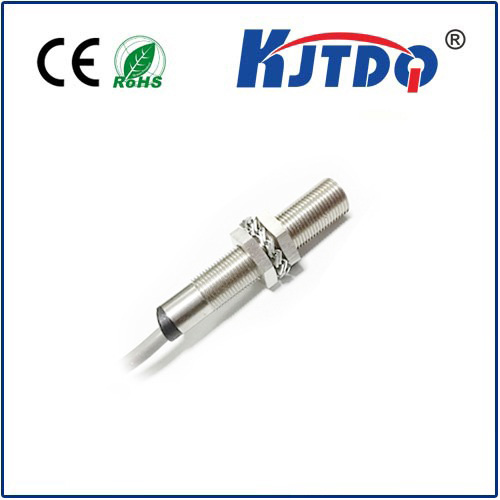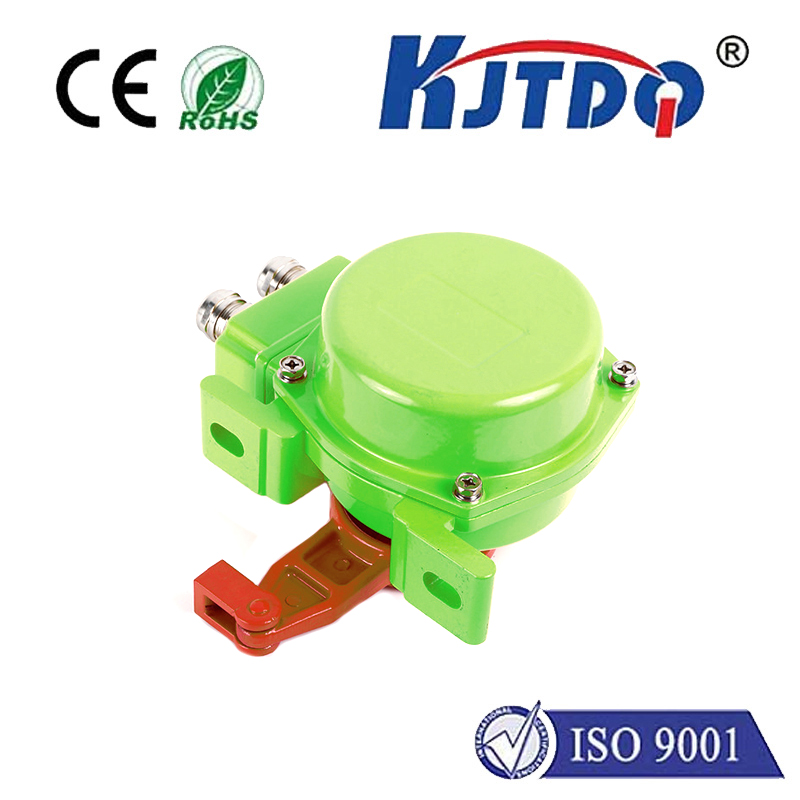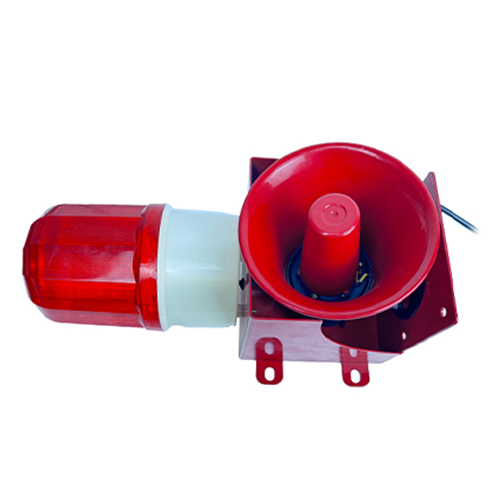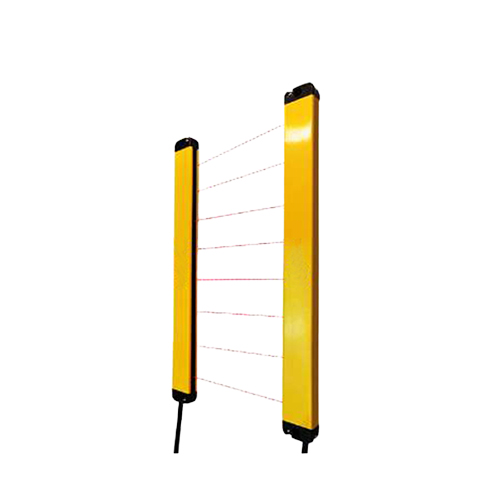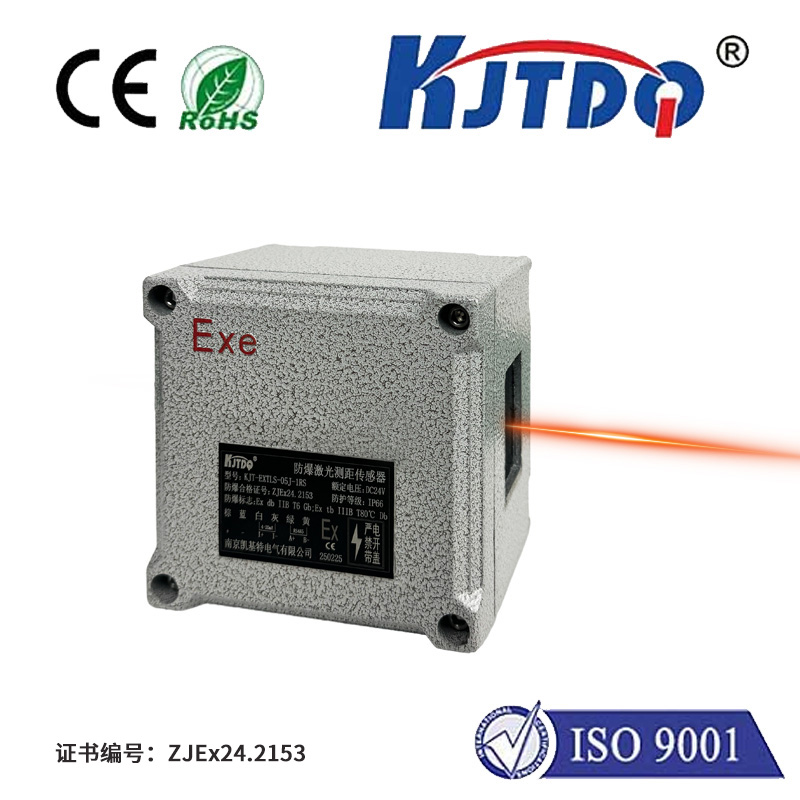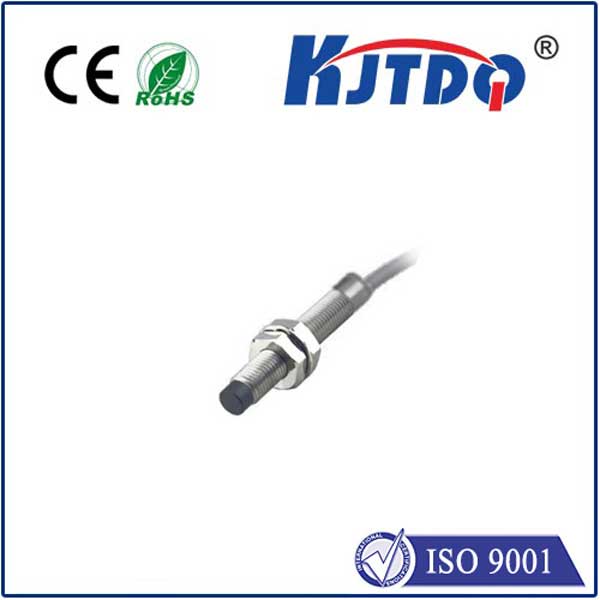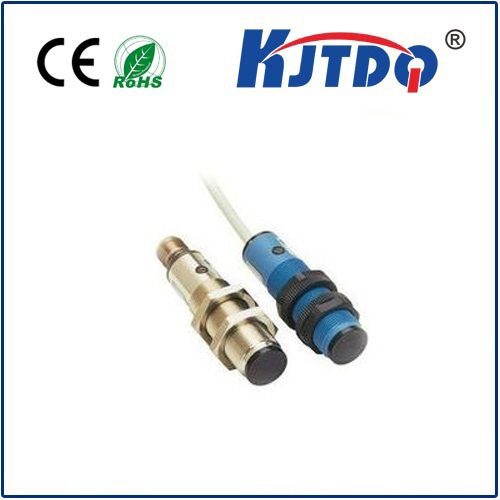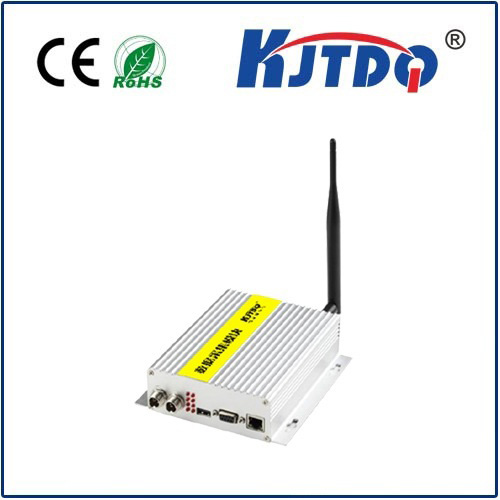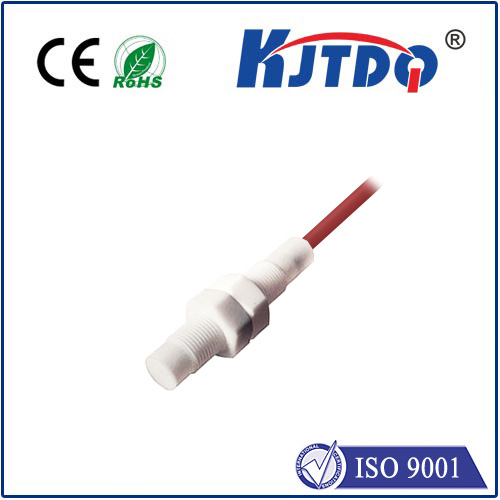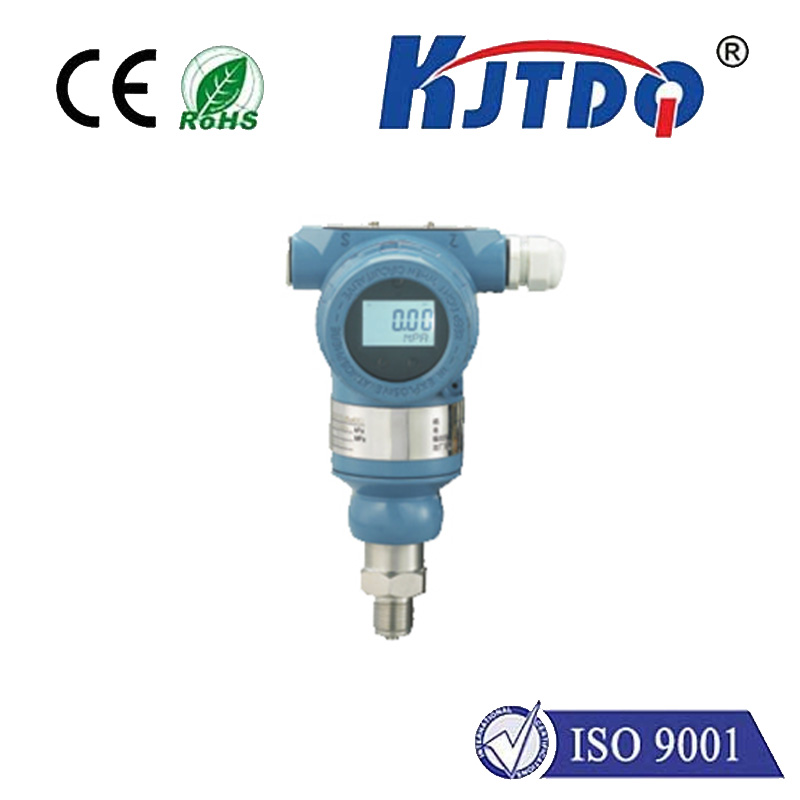micro proximity sensor
- time:2025-07-06 02:24:43
- Click:0
The Micro Proximity Sensor Revolution: Unleashing Precision in the Nano World
Imagine your smartphone screen dimming the instant you raise it to your ear during a call. Or a high-end washing machine automatically starting its cycle when you shut the door. This seemingly intuitive interaction, this effortless awareness of nearby objects without physical contact, is largely the domain of a remarkable technological marvel: the micro proximity sensor. Far more than a simple component, these tiny sentinels are reshaping user experiences and enabling sophisticated functionalities across countless industries. This article delves into the workings, advantages, and transformative impact of these miniature detection powerhouses.
At its core, a micro proximity sensor is a compact electronic device engineered to discern the presence, absence, or distance of a nearby object – typically within millimeters or centimeters – without requiring physical touch. It achieves this through the detection of changes in a physical field surrounding the sensor. Unlike larger predecessors, micro variants are characterized by their exceptionally small footprint, often just a few millimeters squared, and ultra-low power consumption, making them ideal for integration into space-constrained and battery-powered applications, particularly modern consumer electronics.
How Do These Tiny Giants Work?
The magic lies in the conversion of physical interactions into detectable electrical signals. The two dominant technologies powering micro proximity detection are:
- Capacitive Sensing: This is widely prevalent, especially in smartphones and touch interfaces. The sensor acts as one plate of a capacitor, with the target object (like your finger) acting as the other. As the object approaches, it alters the sensor’s electrostatic field, changing its capacitance. This minute change is measured and interpreted as proximity. Capacitive sensors excel at detecting conductive materials (like skin) or materials with sufficient dielectric properties.
- Inductive Sensing: Primarily used for detecting metallic objects. The sensor generates an oscillating electromagnetic field. When a conductive metal enters this field, it induces small eddy currents within the metal, causing a measurable change in the power consumption or oscillation frequency of the sensor circuit. This change signals the presence of the object. These sensors are robust against environmental factors like dust or oil.
Infrared (IR) based proximity sensing is also used, involving an IR LED emitter and a photodiode receiver. The sensor detects the reflection of emitted IR light off a nearby object. While effective, IR sensors can be more susceptible to ambient light interference compared to capacitive/inductive variants in many modern micro applications.

Why Size Matters: The Compelling Advantages of Micro Proximity Sensors
The shift to miniaturization unlocks significant benefits:
- Ultra-Compact Integration: Their tiny size allows seamless embedding into devices where space is at an absolute premium, such as smartphones, smartwatches, earbuds, medical implants, and industrial machinery.
- Remarkable Energy Efficiency: Designed for minimal power drain, micro proximity sensors are perfect companions for devices reliant on batteries. They often operate in a low-power “sleep” mode, activating full sensing only when necessary, dramatically extending device longevity.
- Enhanced Reliability & Speed: Solid-state construction (no moving parts) translates to high reliability and long operational life. They provide near-instantaneous detection, enabling real-time interactions crucial for responsive user interfaces and safety systems.
- Cost-Effectiveness: High-volume manufacturing techniques make these sensors economically viable for mass-market consumer products.
Where Micro Proximity Sensing Makes a Macro Impact
The applications are vast and continually expanding:
- Consumer Electronics (Core Domain): The fingerprint sensor unlocking your phone? Micro proximity detection. Automatic screen blanking during calls? Proximity sensor. Smartwatch detecting when it’s worn? You guessed it. Gesture control interfaces? Enabled by proximity sensing arrays. Touchless interaction is becoming ubiquitous, largely thanks to these sensors.
- Industrial Automation: Robots utilize proximity sensors for precise positioning, part detection, and collision avoidance. They monitor material presence on conveyor belts, ensure tool position accuracy, and safeguard personnel near hazardous machinery – all requiring compact, reliable sensors.
- Automotive: Found in door handle touch areas for keyless entry comfort functions, seat occupancy detection for airbag systems, driver presence monitoring, and touch-sensitive cockpit controls.
- Medical Technology: Crucial for proximity detection in surgical tools, non-contact switches on equipment (vital in sterile environments), fluid level sensing, and wearable health monitors detecting device-on-body status.
- Smart Home/AIoT: Enables touchless faucets, soap dispensers, automatic trash can lids, lighting control based on presence, and appliance functionality (like pausing a microwave when the door opens). Proximity-based automation enhances convenience and hygiene.
Key Considerations for Implementation
Integrating micro proximity sensor technology effectively requires attention to several factors:
- Target Material: Selecting capacitive, inductive, or IR depends heavily on what material the sensor needs to detect (skin, metal, plastic, etc.).
- Detection Range & Precision: Clearly defined requirements for how close an object needs to be for reliable detection and the required distance resolution are paramount.
- Environmental Factors: Temperature extremes, humidity, electromagnetic interference (EMI), and ambient light can impact sensor performance. Robust design and shielding are essential.
- Power Budget: While inherently low-power, continuous sensing versus triggered modes must be balanced against application needs. Low-power consumption remains a critical advantage.
- Calibration & Algorithm: Raw sensor data often requires sophisticated signal processing and calibration algorithms to filter noise, compensate for environmental drift, and provide stable, reliable outputs. Sensor fusion (combining with other sensors) can enhance accuracy.
The Future is Sensing, Closely
The trajectory of micro proximity sensor technology is driven by demands for ever-smaller sizes, lower power consumption, higher precision, and lower costs. Advanced materials and manufacturing techniques, improved integrated signal processing (SoC sensors), and AI-powered algorithms for smarter interpretation of sensor data are pushing the boundaries. We can expect to see these sensors proliferate further in emerging fields like micro-robotics, advanced human-machine interfaces (HMI), foldable devices, and next-generation AR/VR systems where intuitive spatial awareness is key.
In essence, the micro proximity sensor is a cornerstone of modern interactive electronics and smart automation. Its ability to provide non-contact, reliable object detection in the tiniest of spaces empowers device intelligence we now take for granted while paving the way for increasingly sophisticated interaction paradigms. As miniaturization continues, the micro proximity sensor’s influence on how we interact with the technology around us will only deepen, proving that sometimes, the smallest components truly enable the largest revolutions.






